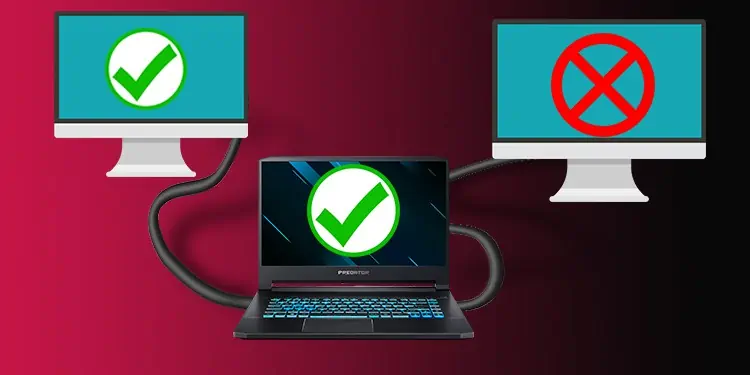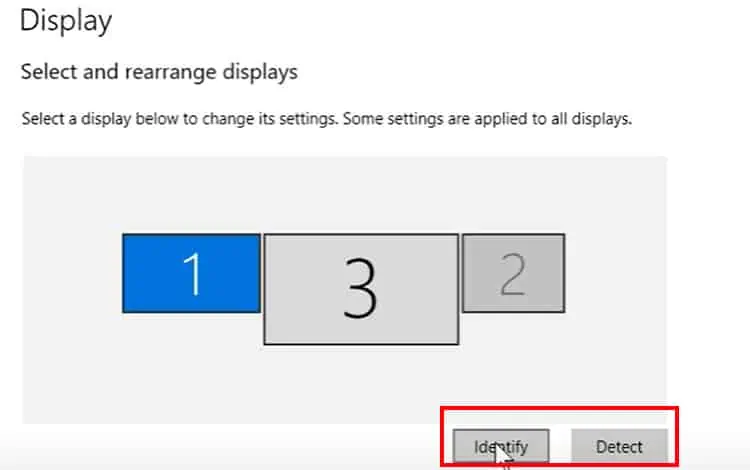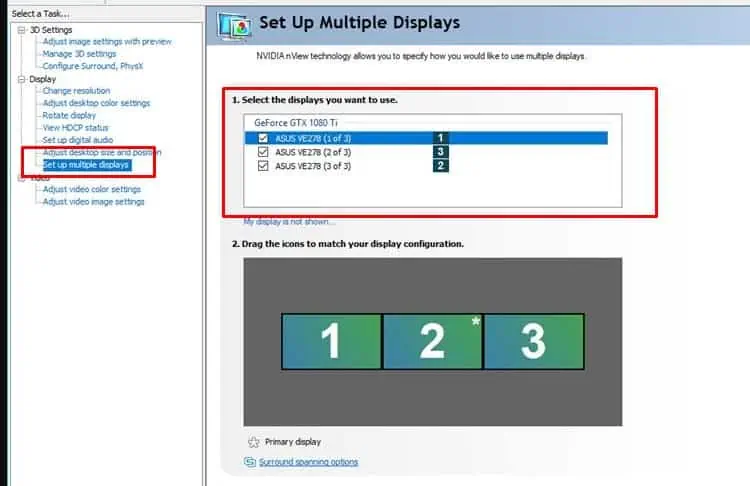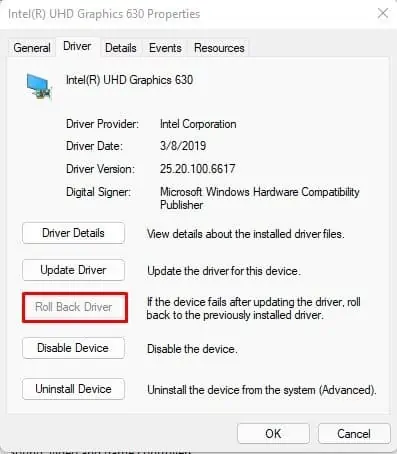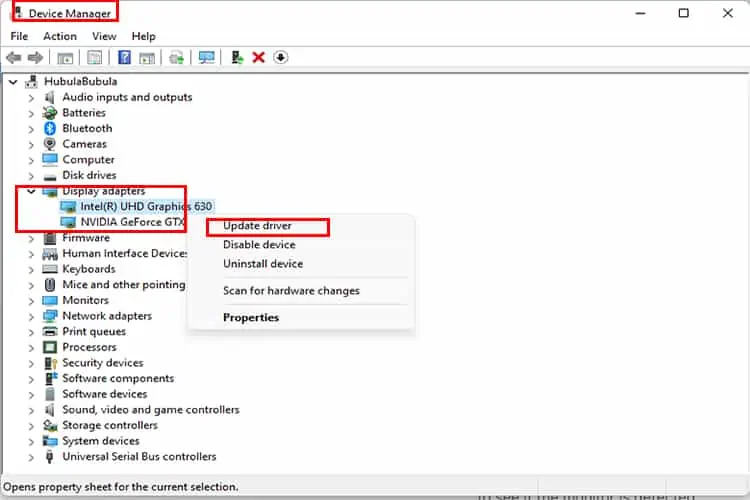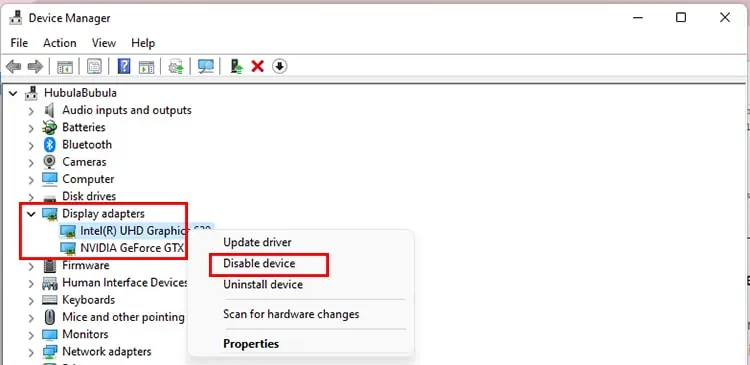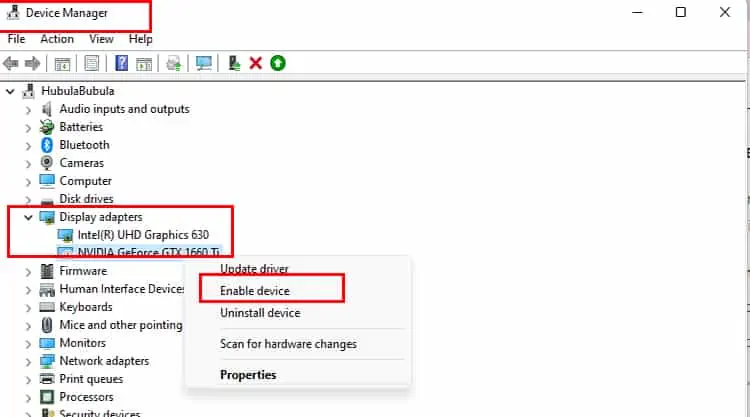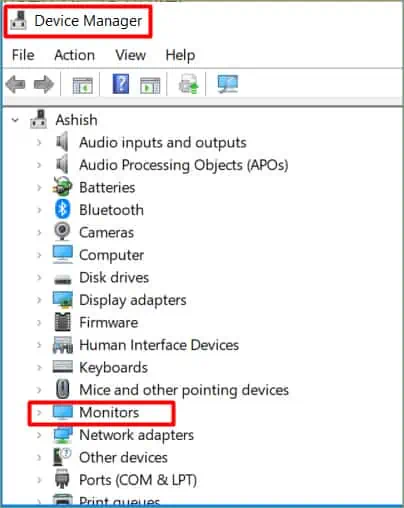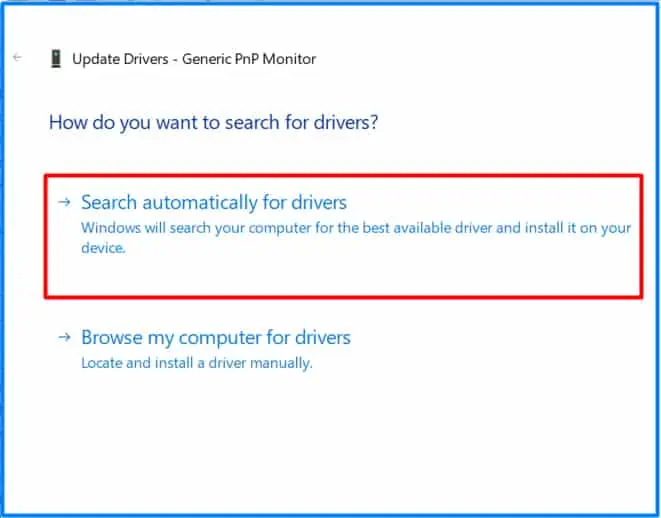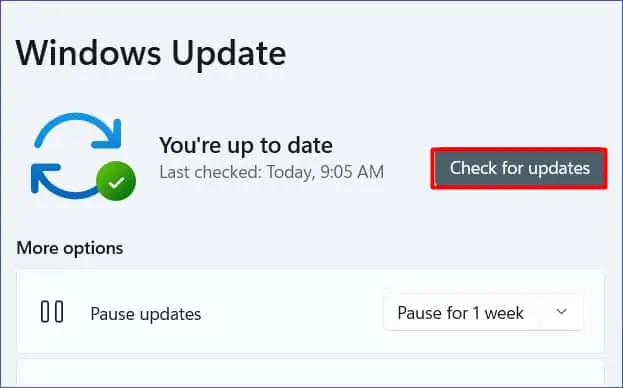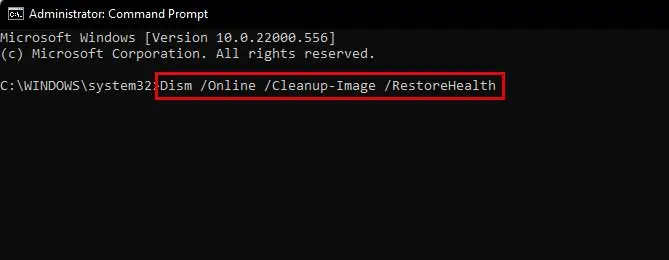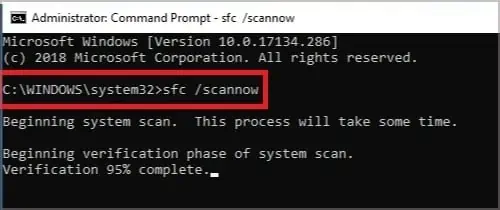A three-monitor setup for PCs is an excellent way to increase productivity at work or create a surrounding gaming experience. But many users do not get this opportunity as the third monitor doesn’t get detected at all.
Most of the time, third monitor detection issues occur due to problems with the graphics cards or windows display settings. However, plenty of other factors can also affect it.
The issue generally can be solved with some minor changes in the Windows settings and tweaks in the GPU control panels etc.
What Causes Third Monitor To Not Detect?
- Issues with Graphics Driver or its settings
- Incorrect Windows Settings
- Lack of Windows Update
- Damaged/incompatible ports or display cables
- The user’s Graphics card/device doesn’t support 3 monitors
How to Fix Third Monitor Not Detected?
We have created a list of possible alternatives for you to try. These solutions focus on windows 10 and 11. Try each one till the third monitor starts working.
As the problem can be caused by multiple factors, there are no alternatives except trying a hit or miss approach.
Preliminary Fixes
- Try Removing any other devices connected to the PC via ports like speakers etc.
- Turn the monitor Screen on and off
- Try different cables on the monitor to check if it’s displayed during a 2-monitor setup. (We recommend using cables and adapters specified by graphics card manufacturer)
- Check Individual ports with a single monitor to ascertain if the ports are working.
- Check if the cables are loose.
- Restart Your Device
Check Hardware & its Capabilities
Follow the recommended points stated below and do a hardware check.
Confirm Number of Possible Monitors Compatible with Device
Each PC and graphics card will support a certain number of external monitors. Identify graphics card, device and find out if they support at least three monitors through google. If they do and you still face the issue, follow the next alternative.
Check Where the Monitor Is Plugged
Remember, if you are trying to connect the monitors to a PC, there are display ports on both the integrated and dedicated graphics card.
We highly recommend plugging monitors into a dedicated graphics card like NVIDIA or AMD. The dedicated cards surpass the integrated GPU by a long shot.
Check Display Ports/Cables
There will be different display ports on the card, get the cables according to the ports and you are solid.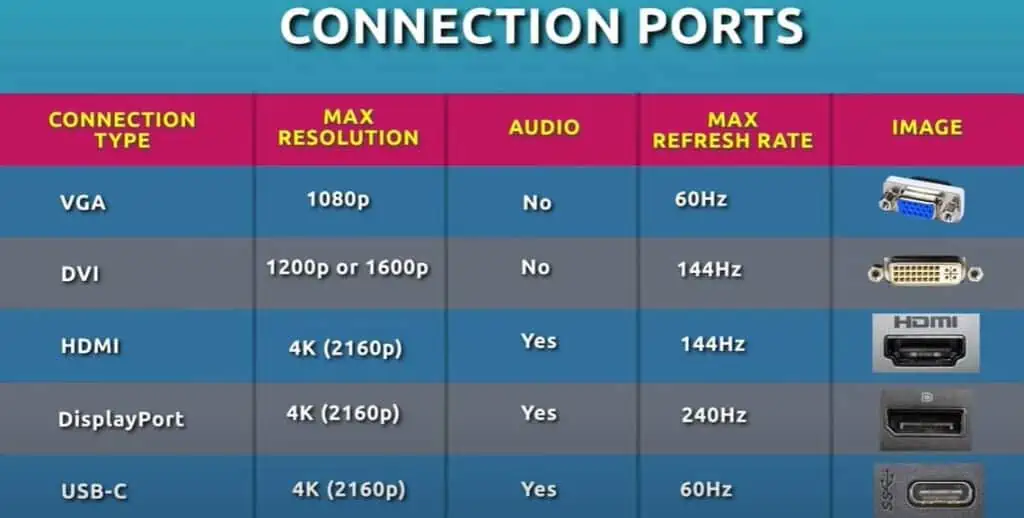
For laptops, you might not have many display ports. Most newer laptops get two display ports (HDMI and USB). Some older versions have a VGA port. The HDMI cables are found easy, but for the USB display port, you might need a converter.
Even when using converters many users still face the issue. In such instances where an individual converter doesn’t work or the number of ports isn’t enough, we recommend buying a docking station with multiple ports. That usually solves the problem.
Check Display Settings
Some users have stated that sometimes the autodetect feature in windows doesn’t detect the monitors the first time. We recommend plugging each monitor one at a time and checking if it’s detected.
Check the display settings with the steps stated below to make sure they are detected.
- Right-click on the desktop wallpaper to access display settings. You should see the number of monitors.
- Find an option called Detect Other display and click on the detect box (First let windows detect the second monitor, then plug in the third monitor and press detect).

- If you have a wireless display, find connect to a wireless display and click on connect box.
- On the top area where the monitors are displayed, click on the drop-down option, and choose to extend this display. Check if the third monitor shows the extension of the screen.
Check Display Settings in Graphics Control Panel
Every graphics card will have a control panel. We have taken an example of Nvidia for this step, you might be running another graphics card like AMD.
Try to find a similar setting in your graphics control panel. Please make sure the monitors are connected before moving to this step.
- Click on the start button and search/select Nvidia Control Panel.
- On the left panel, find a section called Display.
- Under the display, select Set up multiple displays.
- There will be all monitors listed on this section, make sure you tick all three displays if ticked off.

- Click on Apply and check if the third monitor functions.
- If the display isn’t shown, find an option called MY Display is not shown. This will open a popup box.
- Click on rigorous display detection. If the monitors still aren’t shown, move on to the next step.
Roll Back /Update the Graphics Driver
Manufacturers send new bug fixes through updates. If it’s a specific bug that the manufacturer has identified, it will be included in this update. It is always recommended to update your drivers to their latest versions to smooth running.
- Press the Windows key and search/select device manager.
- Go to Display Adapters and expand the section to list drivers.
- If the monitor issue occurred after a recent update, we recommend rolling back to previous versions by right-clicking on the driver and selecting properties.
- A pop-up will open, select the driver tab, and select Roll Back Driver. Check to see if the monitor is detected.

- If the issue still persists, we recommend updating the driver to its latest version by right-clicking on the drivers and selecting update.

- A pop-up will open asking you to confirm on searching the driver updated version locally or through the net. Please select the search automatically for the driver option.
- Windows sometimes do not update the driver to its current version, we recommend downloading the latest version of the driver manually.
- On some devices, you might see the roll-back option grayed out. This means there isn’t a file in the PC where it can roll back to. We recommend downloading the older version of the driver manually. If this step works for you, stay in the rolled back version, else move on to the latest version of the driver.
Disable/Enable the Graphics Driver
Sometimes devices running two graphics cards may conflict with one another. We recommend disabling each driver and checking if the monitor is detected.
- Click on start and search/select device manager.
- Under display adapters, find the graphics drivers.
- Right-click on it and select disable. Reconnect the third monitor and check if it’s detected.

- If it doesn’t work re-enable that driver try disabling the other driver and check if it’s detected.

- If none of the options work, try the next alternative
Update Monitor Drivers
Update the monitor driver to ensure the problem isn’t caused by its driver.
- Press windows+ X, select device manager from the pop-up box.
- Find and expand the monitor section.

- Right-click all drivers individually and select update.
- A pop will open to confirm the location of the update file for the driver. Select Search automatically for driver.

Update your Windows
Updating the windows will make sure all drivers and software are running at their latest version. If individual driver manufacturers have sent bug fixes in the update, the device will install these fixes during the update.
- Select the start button and search settings.
- For Windows 11 users, on the left panel select Windows update. For Windows 10 users, select Update & Security and click on windows update.
- Select check for updates on the right side or Install if the updates are already checked by the device.

Run System Scans
It is a long shot, but corrupted system files do cause the device to misbehave. For the sake of covering all bases, we recommend running some scans and repairs for the device.
- Press Windows key and search cmd
- Right-click on cmd and select run as administrator.
- Run the following commands individually and let them complete processes:
dism.exe /online /cleanup-image /restorehealth
- Run the following command and let the process complete:
sfc/ scannow
